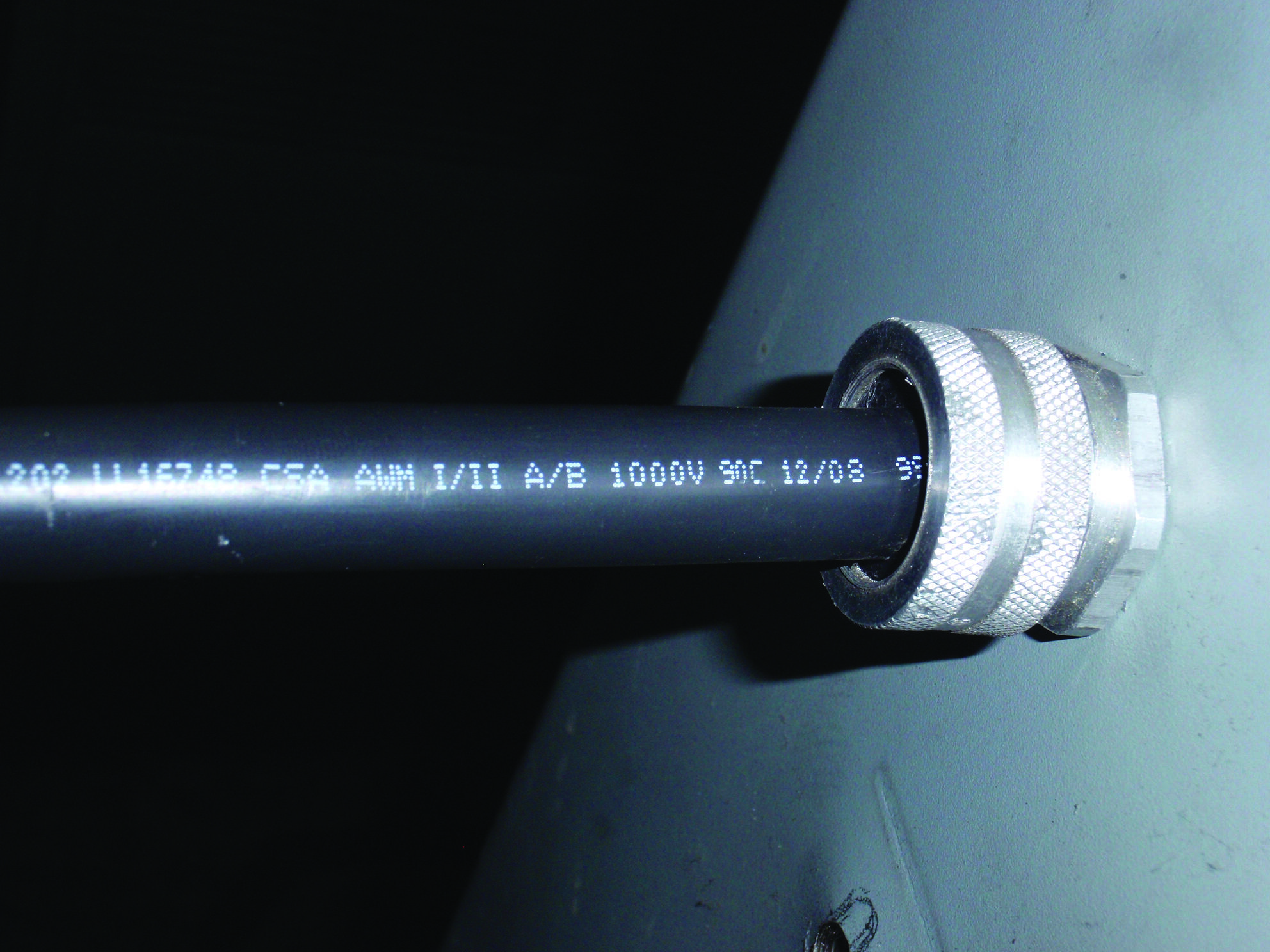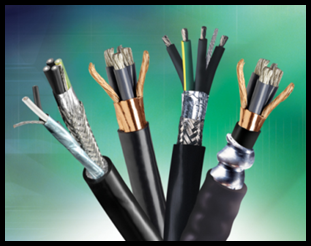Tips for Properly Terminating VFD Cable
The population of variable frequency drives in modern industrial facilities has escalated significantly in recent years. And no wonder—by adjusting motor speed and voltage to meet changing real-time process demands on the fly, VFDs help deliver valuable benefits such as increased energy efficiency, more precise process control and reduced wear and tear on costly equipment. Unfortunately, benefiting from a VFD isn’t always quite as easy as simply plugging one in.
Terminating VFD cable is not the same as terminating standard cable. There is a lot of misinformation and misunderstanding about this fact and, whether knowingly or unknowingly, there are often “short cuts” taken in the installation process. And that can cause significant problems in your operation. Here are some tips to help you properly terminate your VFD for system reliability:
Be sure to terminate the shield and ground system directly at the motor and drive, avoiding intermediate cable cuts or breaks between them. This is easier to do when there is no safety disconnect at the motor. When there is one, you need to make sure that the shields and grounds are carried through the service disconnect—if they are cut, a jumping-off point for noise can be created. Do not terminate the shields or grounds in the service disconnect as this will create a noise loop. If you must terminate the grounds, use an isolating terminal block (not grounded), and if necessary provide a separate safety ground to the disconnect. Finally, make sure that, in the last few feet after the disconnect, one continues to use VFD cable out to the motor—not unshielded cable, as, I’m sorry to say, can sometimes be the case.
One of the most common places for an intermediate termination is at a terminal block. These are best bypassed, but to make matters potentially worse, OEMs often prewire drives to terminal blocks with unshielded building grade wire for convenience. Many times, even installers who should know better take the bait, running VFD cable to that point and then using the pre-wired material for the last few feet, creating jumping-off points for noise and generating EMI in the control cabinet. Make sure this is not the case in your facility.
Another common practice that often causes serious issues is placing conductive cable glands around sensitive equipment or at enclosure ingress. A conductive cable gland is one that grounds the shield and ground conductors to the body of the gland, and thus the metal where it terminates. Some VFD cable manufacturers even recommend this, but beware. This creates another opportunity for noise currents to be released—often delivering it right to the sensitive equipment housed in the enclosure. Far better is to use an isolating cable gland where the cable enters an enclosure to avoid intermediate termination of the ground. The grounds on a VFD cable can be carrying 10s of amps, and that current noise can be extremely disruptive if it is released on the surface of an enclosure housing sensitive equipment, Analog I/O, networks or PLCs. Conductive cable glands create a jumping off point for noise that is often in proximity to the most sensitive equipment in a control system. Use an isolating cable gland; they are more economical than conductive glands and more effective at creating a system that mitigates the ill effects of noise. (Crouse Hinds CGB is a good example of an effective isolating gland.)

Yet another poor practice we’ve noticed is VFD cables that are run to an enclosure and then stripped with the bare grounds left in near contact with the bottom of the cabinet. Bad idea if you want to keep noise out of your system—be sure that these grounds are sleeved to avoid making contact with the metal. This also allows the cable to release EMI in the enclosure and in close proximity to potentially sensitive equipment.
And one more—braided VFD cables are excellent, but one needs to remember not to cut off the braid at the termination point. This can reduce the connectivity of the ground path. Instead, pull the conductor through the braid, leaving it intact, and combine the braid with the bare grounds before terminating together at each end.
If you have VFD cable installed and are still having noise issues, the tips above can give you some valuable clues as to where the problems may lie. If you are starting an installation, they can serve to illustrate that, while installing VFD cable is not difficult, it does require knowledge of best practices to ensure success.

Fortunately, quality VFD cable manufacturers offer plenty of help to pass this knowledge on quickly and easily. Belden, for example, provides a wide range of free resources to help ensure that you not only properly install the cable but also choose the correct VFD cable for your motor before you even start terminating.
Check out Belden's VFD cable product line and take advantage of all the resources there, including print and video guides as well as access to technical support and conduits to product experts.
In addition, there are resources for sizing and specifying the proper cable and access to product samples as well. If you—or your installers—have any additional questions or concerns, contact us any time. As one of the early developers of VFD cable, Belden has a wealth of expertise to share. It’s expertise that can help ensure that, from the very beginning, you enjoy all of the benefits of your variable frequency drives without suffering any of the potential drawbacks.
